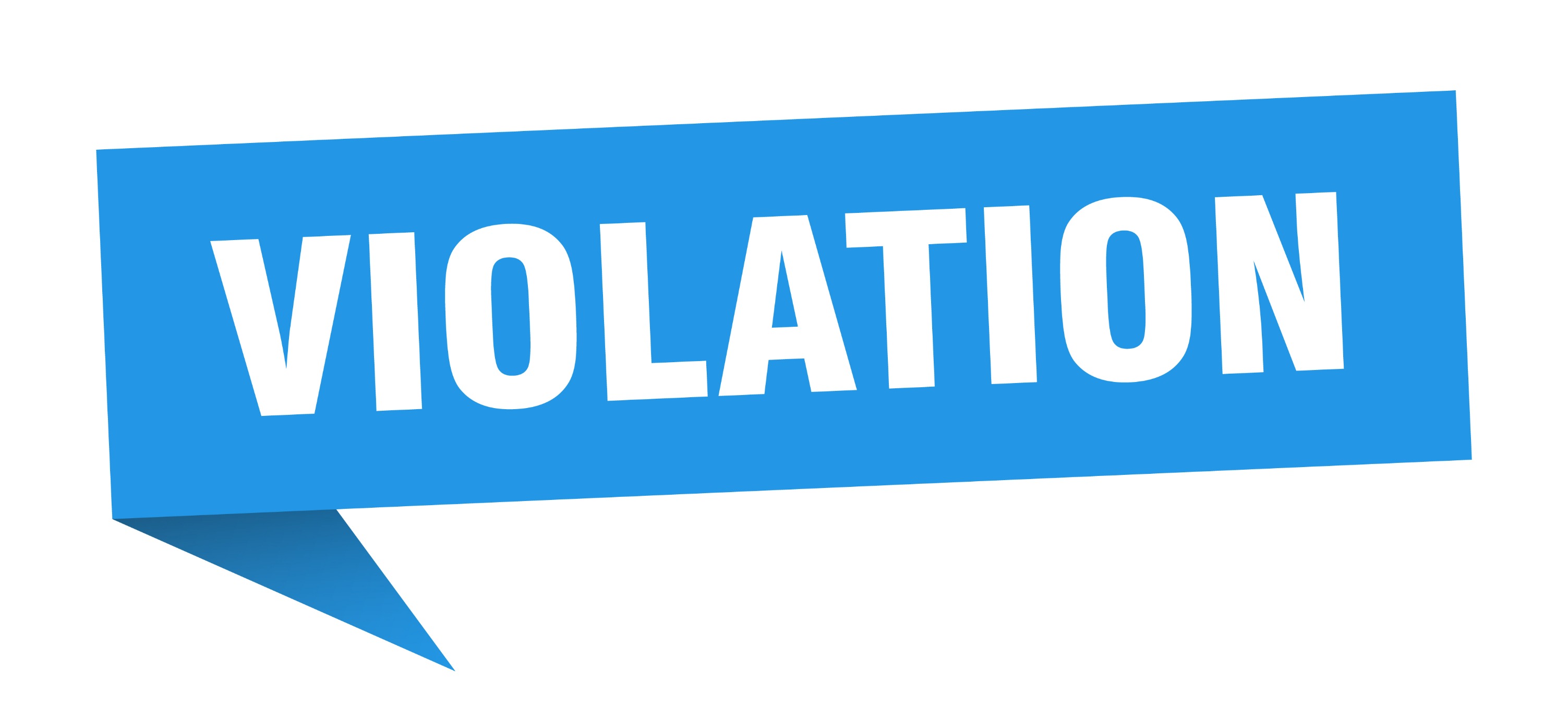
What is MAP? Part 1
What is MAP?
MAP, or Minimum Advertised Price, refers to the lowest price a retailer is allowed to advertise a product for sale. It's a policy that manufacturers or distributors set to maintain brand identity and to ensure that retailers do not advertise or sell their products at excessively low prices, which can lead to several issues such as:
- Brand Devaluation: Constantly low prices can tarnish a brand's image, making it seem less 'premium' or of lower quality.
- Unfair Competition: It helps level the playing field among retailers, preventing larger retailers from using their buying power to offer unsustainably low prices, which smaller retailers can't compete with.
- Maintaining Profit Margins: It ensures that all retailers have a fair margin on the products, encouraging them to carry and promote the entire range of a manufacturer's products.
While MAP only dictates the advertised price and does not tell retailers the actual selling price, it's a crucial tool for manufacturers in controlling their products' positioning in the market and maintaining a healthy relationship with their retail partners. Breaking a MAP policy can lead to penalties from the manufacturer, including ceasing to supply products to the retailer in question.
What does that mean for eCommerce retailers or marketplaces?
If the price is below your MAP agreement or Reseller Agreement and is shown on the list page or on the detail page then that would be a MAP violation. How you enforce your MAP agreement will largely depend on what MAP policy you have in place between yourselves and the seller.
But Amazon is a MAP violator, what can I do?
Not much. At least as far as Amazon is concerned. Amazon will not adhere or comply with your MAP policy, even if you threaten them. Instead they will point the finger back at you and tell you that someone else is selling at or below their price.
Amazon uses price automation software, just like we do here at FrigginYeah, to monitor the various channels your products are sold on. So one of the first things you should do is take stock of all your channels and see if you can find out where Amazon might be repricing to and force that retailer to comply with your MAP agreement.
But it’s a 3rd Party on Amazon, what can I do?
This is a tough one. If the 3rd party seller is violating your MAP agreement and you do not know who they are or how they are getting your product then you will need to research them and see what you can find out. A couple of options are:
- If it’s Fulfilled By Merchant - buy the product and then request a return to get their return address.
- If it’s Fulfilled by Amazon - see how many products they have in stock. Most unauthorized or gray market sellers have shallow stock and your best/easiest course of action is to buy all the stock that is available. Then you can inspect the products to see if you can find out how they got them. If you are lucky you acquire all the excess stock and your pricing normalizes. If you are not then you will need to start working backwards to figure out how they are getting access to your product.
The retailer says they didn’t drop the price first, what now?
If it’s Amazon violating MAP then like mentioned above you need to figure out who else has a low price and enforce your MAP policy there first.
If it’s not Amazon, and your MAP policy doesn’t specifically have some call out about first movers (most do not), then it doesn’t matter who dropped price first. The seller has signed your MAP agreement in good faith that they would adhere to it, now they are violating your MAP. So no matter who dropped price first
Why will retailers not want to sign your MAP policy?
Firstly, retailers may feel that they are being restricted in their ability to price products competitively, which can limit their ability to attract customers and increase sales. They may also feel that MAP policies limit their ability to offer discounts or promotions to customers.
Secondly, retailers may feel that they are being put at a disadvantage compared to other retailers who are not bound by a MAP policy. For example, if you do not have tight distribution methods an unauthorized reseller who is not bound by a MAP policy may be able to offer lower prices than a retailer who is bound by a MAP policy, which can give the unauthorized reseller an advantage.
Thirdly, retailers may feel that they are being asked to agree to a policy that is not in their best interest. They may feel that they are being asked to accept a policy that is primarily intended to protect the interests of the manufacturer or distributor, rather than their own interests.
Finally, retailers may feel that enforcement of MAP policy is difficult to enforce and often arbitrary. Retailers may feel that they are being held to a standard that is difficult to meet, and that the enforcement of MAP policy is not consistent across different retailers.
Overall, retailers may see MAP policies as a restriction on their ability to compete in the marketplace and may be hesitant to agree to them.
This will be an ongoing series of posts about What MAP is and what Brands may face when trying to track, identify, and enforce their MAP policies.
